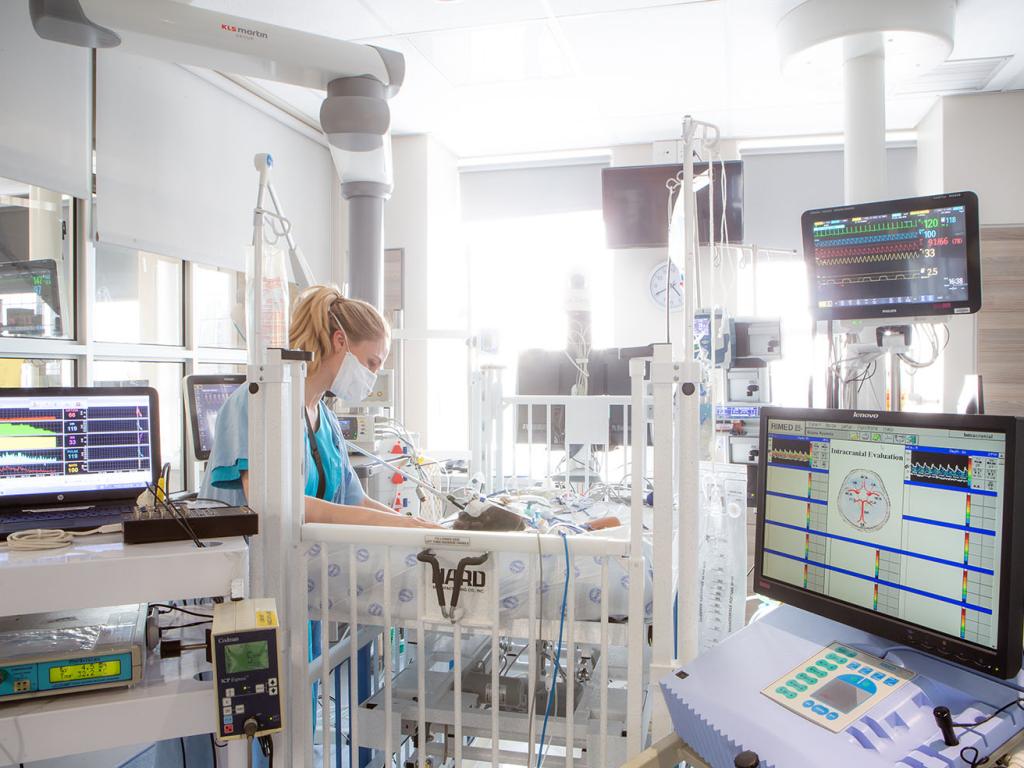Gene signature characteristic of neural injury in paediatric tuberculous meningitis identified

Tuberculous meningitis (TBM) is the most severe form of tuberculosis (TB), caused by spread of the causative bacteria to the brain; TBM has high rates of morbidity and mortality. The brain responds to TB infection by initiating an inflammatory response which leads to production of a gelatinous exudate that can damage major cerebral arteries and disrupt the flow of cerebrospinal fluid (CSF), ultimately precipitating stroke and tissue death.
We cannot optimally treat what we do not fully understand. In the case of TBM, previous research has focussed on understanding the cerebral inflammatory response with a view to improving diagnosis and treatment. However, studies of immune and inflammatory mediators in TBM have not provided sufficient clarity on the brain’s response to this condition, leaving researchers and clinicians without the necessary insight into TBM disease mechanisms.
Transcriptomic analysis may provide critical information about key immune and injury-related pathways at the site of disease activity (in the case of TBM, the brain). CIDRI-Africa members Ursula Rohlwink, Katalin Wilkinson and Robert J Wilkinson collaborated with partners from UCT’s Neuroscience Institute and Paediatrics & Child Health Unit, together with Stellenbosch University, and Imperial College London and the Francis Crick Institute(both UK), on transcriptomic analysis of TBM in children. Clinical recruitment took place at the Red Cross War Memorial Children’s Hospital in Cape Town between 2014 and 2016, and results were published on Wednesday 21st August in Nature Communications.
The team performed transcriptomic analysis of CSF and blood from children with and without TBM. Children who did not have TBM had been hospitalised for non-infectious cranial or neurologic conditions, or had brain infections caused by non-TB bacteria. The research team obtained blood, lumbar CSF and ventricular CSF samples from the patients during clinically indicated procedures such as venepuncture, lumbar puncture, and insertion of ventricular drains or shunts. RNA was then extracted and sequenced; RNA sequencing provides information about genes active in cells at the site from which the sample was obtained.
The team uncovered novel brain injury pathways associated with TBM pathogenesis that have never been described before. They identified a gene signature characteristic of neural injury that was especially pronounced in ventricular CSF and that suggests targets for new treatments.
This is the first report that demonstrates the feasibility of direct RNA-sequencing on CSF, and the first comprehensive analysis of blood and CSF transcriptomes in TBM.
Read more
Rohlwink UK, Figaji A, Wilkinson KA, Horswell S, Sesay AK, Deffur A, Enslin N, Solomons R, Van Toorn R, Eley B, Levin M, Wilkinson RJ, Lai RPJ. Tuberculous meningitis in children is characterized by compartmentalized immune responses and neural excitotoxicity. Nature Communications. (2019) 10(1):3767.
Original story: http://www.cidri-africa.uct.ac.za/news/gene-signature-paediatric-TBM
